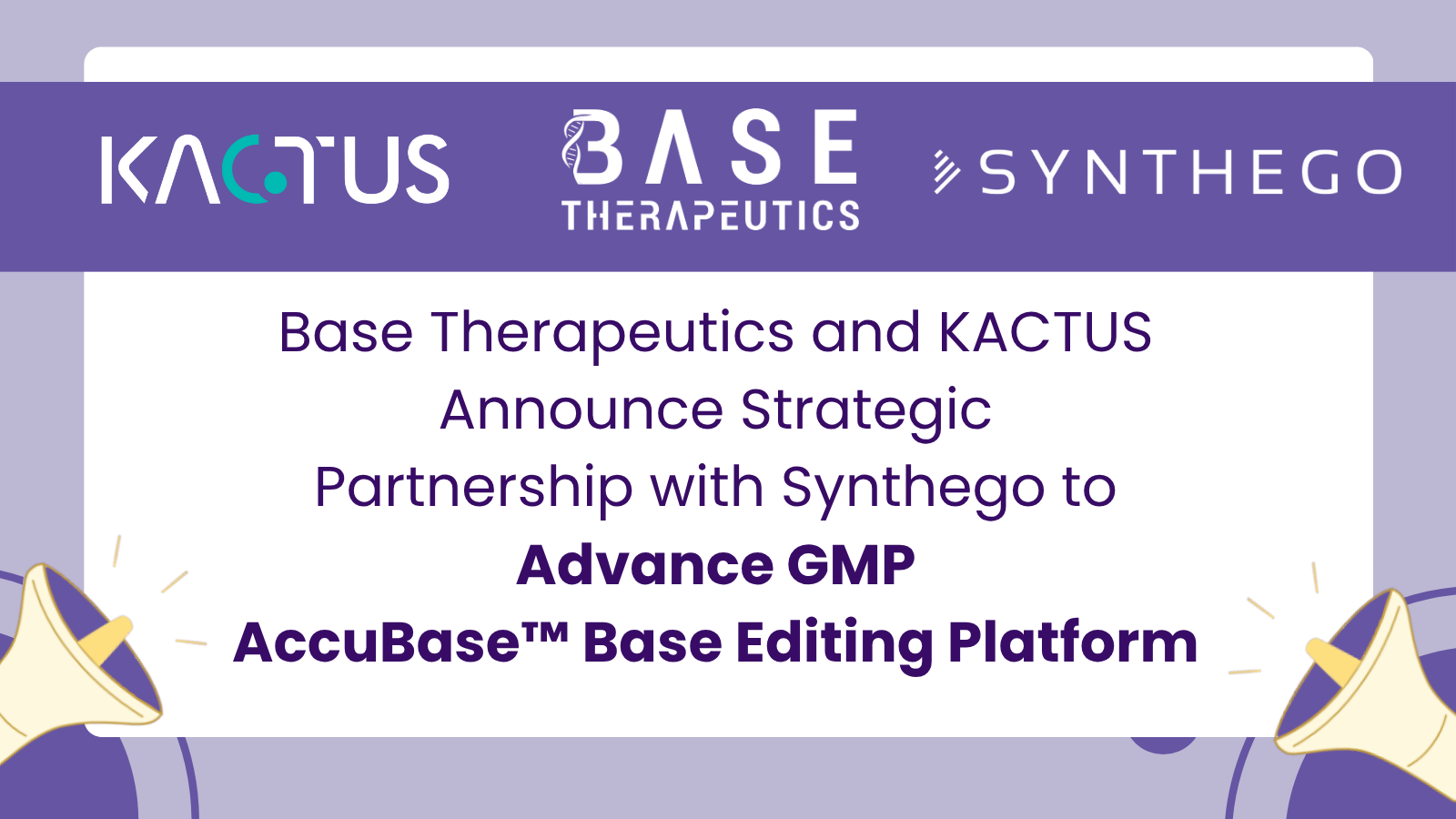MASP2 Antibody Successful in Phase III Clinical Trial
By Mallory Griffin
On December 19, 2024, Omeros announced that its pivotal Phase 3 clinical trial of the MASP2 antibody Narsoplimab (OMS721) in the treatment of TA-TMA (Transplant-Associated Thrombotic Microangiopathy) met its primary endpoint of overall survival (OS), with a 3-fold reduction in mortality risk [1]. Omeros stock surged 37% after the press release. Currently, Omeros plans to resubmit its marketing application, making Narsoplimab potentially the first approved drug for TA-TMA.

Figure 1. Key findings for Narsoplimab antibody phase 3 clinical trial to treat TA-TMA (Transplant-Associated Thrombotic Microangiopathy) [2].
MASP2 structure and function
Mannose-Binding Lectin-Associated Serine Protease-2 (MASP2) is an important activating enzyme in the body's immune response. It is an effector enzyme in the complement system's lectin pathway and is also a target for inflammation. MASP2 cleaves complement components 2 (C2) and 4 (C4), activating the complement system and mediating the progression of inflammatory diseases. This makes it an ideal drug target for related diseases.

Figure 2. Gene structure of MASP2 [3].
MASP2 is mainly expressed in liver cells, similar to complement components 1r (C1r) and 1s (C1s) of the classical complement pathway. It belongs to the serine protease family but does not have the histidine ring structure in MASP1. MASP2 functions in dimeric form, with the EGF-like domain responsible for lectin binding, the CUB1 and CUB2 domains for auxiliary binding, and the CCP1-CCP2-SP domain for autoactivation and substrate binding.

Figure 3. MASP2 dimer structure [4].
The role of MASP2 in the complement system
The lectin pathway is one of the activation pathways of the complement system, such as the mannan-binding lectin (MBL) pathway. MBL is a protein polymer that can recognize mannose polysaccharides and bind with MASP1-MASP2 to form the MBL-MASP1/2 complex, inactivating MBL into an enzymogen. When MBL binds to the sugar structure on the surface of a pathogen, due to conformational changes, the MASP1 on it is first activated, and then MASP2 is activated. The activated MASP2 has serine protease activity and can cleave C4 and C2. C4 is cleaved into two fragments, C4a and C4b, of which C4b binds to the pathogen and recruits C2. Then, C2 is cleaved into C2a and C2b by MASP2. Following, C4b and C2a form an enzyme-active C4b2a (C3 convertase), which then cleaves C3 and forms C5 convertase, eventually entering the membrane attack complex stage. In this process, MASP2 is the key rate-limiting enzyme. The MBL pathway and the classical complement pathway are similar, but the starting material is the binding of acute-phase proteins to the pathogen.

Figure 4. MASP/MBL complex [4].
Besides MBL, MASP2 can also bind with other lectins to form complexes, such as Collectin and Ficolin. These lectins can recognize different forms of glycosyl groups, corresponding to different PAMPs or DAMPs. Similarly, the complexes can also activate the complement cascade reaction, leading to the formation of membrane attack complexes that induce phagocytosis and lysis of target foreign substances.
In addition, studies have found that the COVID-19 N protein can bind to MASP2, regulating MASP2 activation and the hydrolysis required for dimerization. This interaction utilizes MASP2's ability to activate the lectin complement pathway, resulting in excessive complement activation and aggravation of inflammatory lung injury [5].

Figure 5. MASP2 is involved in complement activation via the MBL pathway [6].
Targeted drugs for MASP2
The complement system is a crucial component of the body's innate immunity and plays a key role in antibody-mediated cellular cytotoxicity (CDC). Given the important functions of MASP2 in the complement system, inhibiting MASP2 can alleviate the progression of various inflammatory diseases or rare diseases. Currently, there are not many drugs targeting MASP2 on the market, and the current drugs are mostly antibodies.
In addition to Narsoplimab, a MASP2 monoclonal antibody CM338 independently developed by Keymed Biomedical Technology, obtained CDE clinical trial approval on November 1, 2021. It is currently in the Phase II clinical trial for the treatment of IgA nephropathy (IgAN). There are also antibody drugs TST004 and TST008 developed by Transcenta. TST004 was approved by the FDA on October 5, 2022 for the treatment of IgAN, TMA, and other MASP2-dependent complement-mediated diseases. TST008 is a trifunctional antibody that binds to MASP2 and can interact with truncated transmembrane activator and calcium modulator ligand interactor (TACI) fusion molecules. It has the potential to treat autoimmune diseases such as systemic lupus erythematosus (SLE).
The popularity of complement therapeutics has been increasing year over year, with many companies entering the race including Alexion (which acquired Achillion Pharmaceuticals and was later bought by AstraZeneca in 2020 for $39 billion), and Ra Pharma (acquired by UCB).
MASP2 Proteins from KACTUS
MASP2 is expected to become another popular complement target following C5, C3, D, and C1. To facilitate this promising drug market, KACTUS has developed highly active recombinant MASP2 protein products. All products have passed strict quality control and can be used in the development of MASP2 antibody drugs and related therapies.
Product Validation Data

Figure 6. Immobilized Human MASP2, His Tag at 0.5 μg/ml (100 μl/Well). Dose response curve for Anti-MASP2 Antibody, hFc Tag with the EC50 of 5.0 ng/ml determined by ELISA (QC test).

Figure 7. Immobilized Cynomolgus MASP2, His Tag at 1 μg/ml (100 μl/well) on the plate. Dose response curve for Anti-MASP2 Antibody, hFc Tag with the EC50 of 11.9 ng/ml determined by ELISA (QC test).

Figure 8. Anti-MASP2 Antibody captured on CM5 Chip via Protein A can bind Human MASP2, His Tag with an affinity constant of 3.08 nM as determined in SPR assay (QC test).
MASP2 Proteins Product List
|
Catalog No. |
Product Title |
Tag |
Expression System |
|
Human MASP2 |
His tag |
E. Coli |
|
|
Cynomolgus MASP |
His tag |
E. Coli |
|
|
Mouse MASP2 |
His tag |
E. Coli |
|
|
Rat MASP2 |
His tag |
E. Coli |
|
|
Biotinylated Rat MASP2 (Primary Amine Labeling) |
His tag |
E. Coli |
|
|
Human MASP3 (20-728) |
His tag |
HEK293 |
|
|
Human MASP3 (450-721) |
His tag |
HEK293 |
References
[1] https://www.businesswire.com/news/home/20241219918248/en/
[2] https://www.omeros.com
[3] Beltrame MH, Boldt AB, Catarino SJ, Mendes HC, Boschmann SE, Goeldner I, Messias-Reason I. MBL-associated serine proteases (MASPs) and infectious diseases. Mol Immunol. 2015 Sep;67(1):85-100.
[4] Nan R, Furze CM, Wright DW, Gor J, Wallis R, Perkins SJ. Flexibility in Mannan-Binding Lectin-Associated Serine Proteases-1 and -2 Provides Insight on Lectin Pathway Activation. Structure. 2017 Feb 7;25(2):364-375.
[5] Highly pathogenic coronavirus N protein aggravates lung injury by MASP2-mediated complement over-activation.
[6] Garred P, Genster N, Pilely K, Bayarri-Olmos R, Rosbjerg A, Ma YJ, Skjoedt MO. A journey through the lectin pathway of complement-MBL and beyond. Immunol Rev. 2016 Nov;274(1):74-97.
















